Six things I learned when testing winter cycling gloves
Here’s what I learned after trying to keep my hands warm for over 2000km of long-distance winter riding

Early this year I made it clear that I wanted to take responsibility for our guide to the best winter cycling gloves. I felt like I wanted to share what I'd learned while training through the winter. I didn't seek out bad weather, or good weather, I just rode. My rule was that every Sunday my ride needed to be about 160 km/100 miles. That was it. It didn't matter what the weather was, or how I felt that day, all that was important was that I left the house and spent the day riding. The side effect of that was a serious deep dive, around 2000km / 1240 miles, on the topic of winter riding.
In the American Pacific Northwest, it doesn't often snow but it does rain a lot. Almost every ride would be 6-7 hours of constant rain with temperatures ranging from 1-6 degrees C and keeping my hands warm was a constant battle. I saw some beautiful scenery and made some lasting memories, but I also learned a lot of lessons about gloves. Much of that knowledge is in the buyers' guide but there are also a number of more general concepts that I wanted to share. Keep reading if you are looking for info on how to keep your hands warm in the worst winter weather.
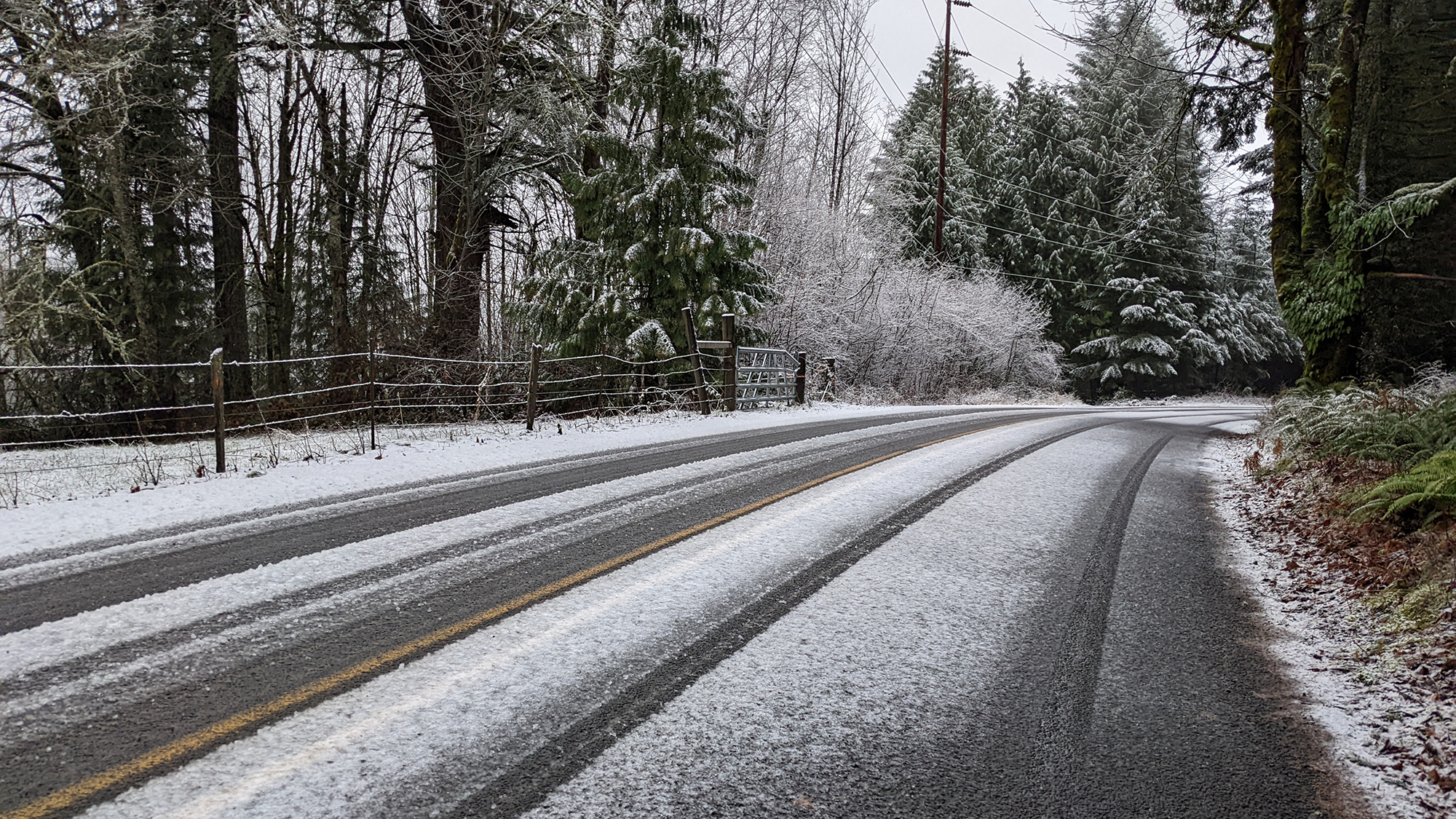
1. There is no such thing as a waterproof glove
I didn't learn this lesson during the time I was testing gloves recently. I learned it over quite a few failed attempts at long rides in years past. I'm an optimistic person and I tend to trust that quality products will do what they say. The problem is that waterproof gloves are waterproof but there's an asterisk.
If I tell you something is waterproof most people naturally assume that it will keep water out. With many things in life that's not actually true. Gloves, and apparel in general, are one of those things. Waterproof gloves will withstand a specific amount of water for a specific amount of time. Different fabrics have different specifications but they will all fail eventually in one way or another.
In fact, even if a glove uses a truly waterproof technology, it will typically still fail. The most obvious example of this is the Gore-Tex membrane. It is completely and totally waterproof in the way you'd expect but you can't make a pair of gloves without face fabrics. The membrane sits buried inside layers of other materials that aren't as waterproof. Eventually, even Gore-Tex gloves will end up a soaking wet mess. If you want to ride for more than a couple of hours in the rain, bring extra gloves.
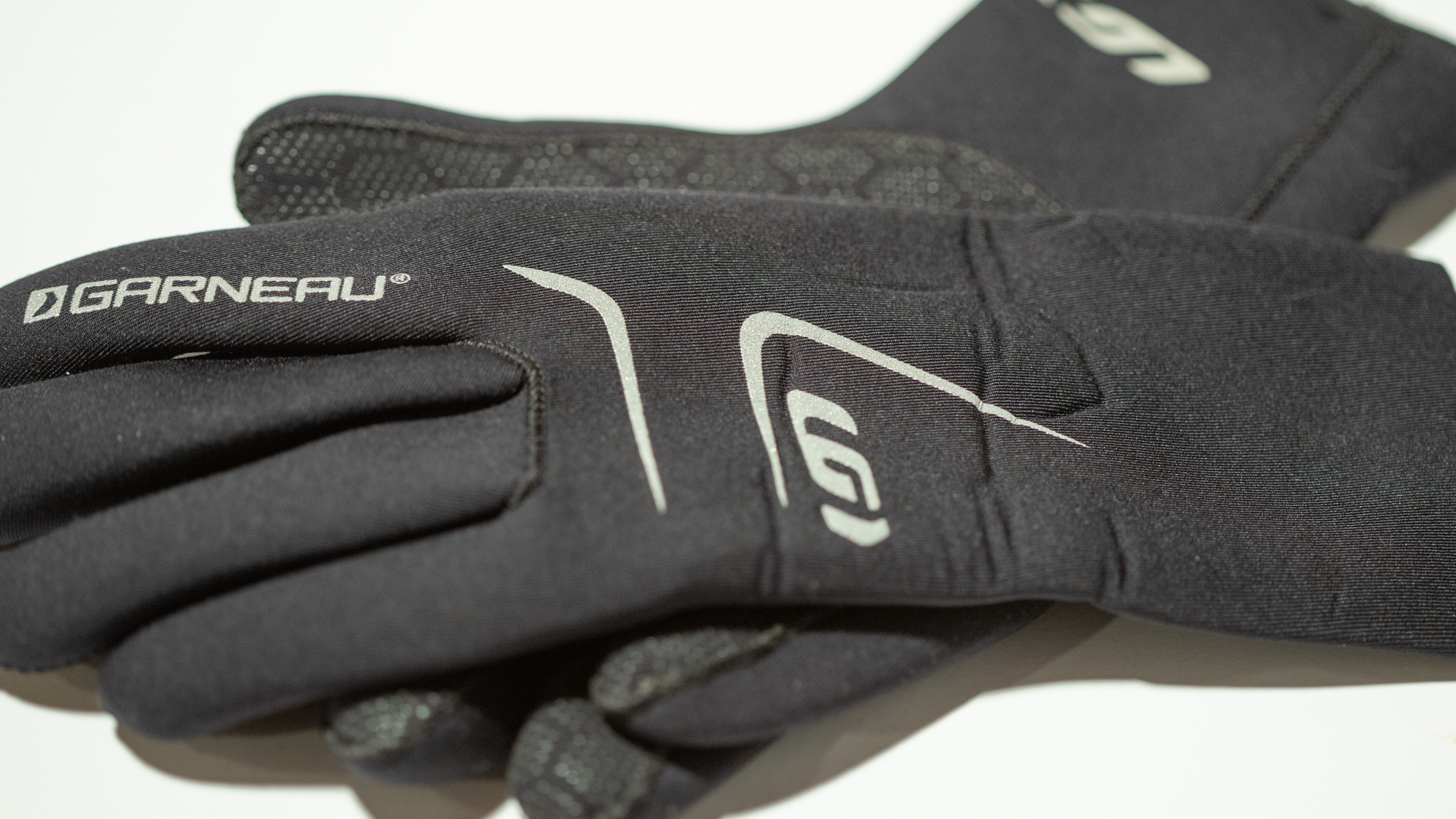
2. Neoprene gloves aren't very warm
Given that waterproof gloves are a myth, you might think neoprene gloves are the answer. Lots of companies offer neoprene gloves and they do work if you need to deal with water. The neoprene will soak through, as expected, but your hand will warm the water and stay toasty. It sounds like the perfect solution until you try it in the cold.
I have tried neoprene gloves from a variety of companies but they always let me down. I can make them work when it's around 10 degrees C but in anything colder than that, my hands are both wet and cold. They are also very difficult to get off and don't work with touch screens. There is a specific type of weather where they are the best choice but for everyone else, look elsewhere.
The latest race content, interviews, features, reviews and expert buying guides, direct to your inbox!

3. If you want warm hands, you need warm arms
During all the winter testing, I started to get a reputation with the various brands whose gloves I was testing. They would promise the next great thing in glove technology then I would put it to the test. Every single promise would fall in the face of hard sustained rain and at that point, we'd get really technical about all the details. It was during one of these conversations that the concept of vascular constriction came up.
Sportful is one of the most technical brands and is always a willing partner in detailed discussions. They've done extensive testing on how to keep a rider's hands warm and one of the things they found was the importance of keeping your arms warm. If your arms are cold then your body will constrict the flow of blood to the hands and no glove will be enough to keep your fingers warm.
This same concept extends not only to the arms but also to the core. The mechanism is a little different in this case. The first scenario is when you are generally warm but have cold arms but it's worth mentioning that your gloves won't help if you are cold. Your body will try to preserve your core temperature at the expense of your extremities. If you want to have warm hands, eat enough and make sure you have the right selection from the best winter cycling jackets for what you are doing.
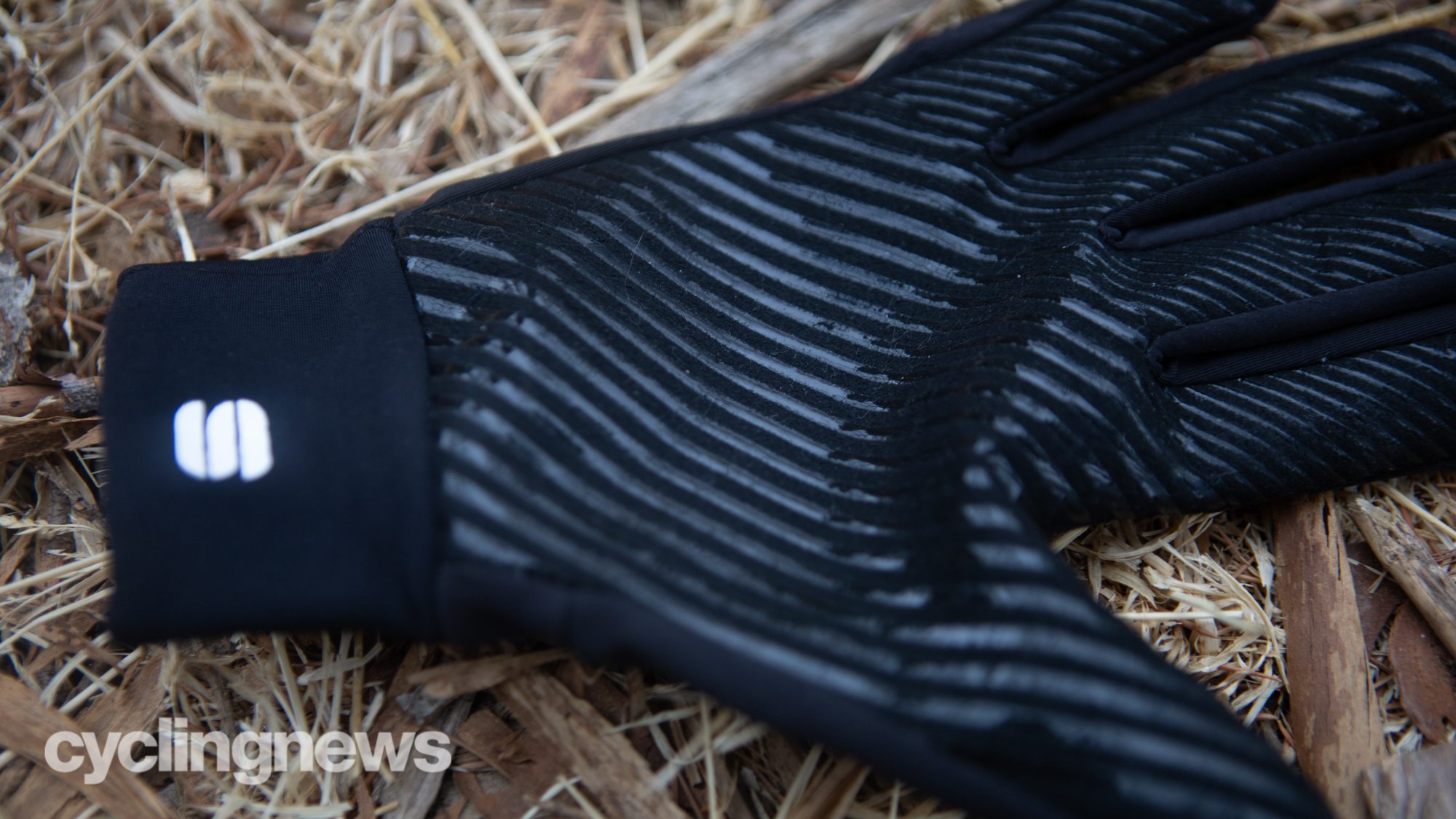
4. The heavier the glove, the less fit matters
I almost always fall right between a size small and a size medium for gloves. Each new brand, and even each different glove weight, means taking a gamble on what is going to be best for me. What I eventually learned is that thinner gloves require the perfect fit but that changes as you move to a heavier glove.
With something like the Sportful Fiandre light glove, if you get them too big, swap them out. It's maddening to have extra length in the fingers of a glove like that. If you fall between sizes, go to the smaller option. The reward for getting the fit right is an amazing feel when you grab the bars.
The Rapha Deep Winter glove is the opposite. If you fall between sizes, go larger. If they are a bit long it leaves more room for a liner inside and more room for heated air. They are also stiff enough that it's tough to even tell that you've got extra space in the fingertips. On the other hand, if they are small your fingers tips will push against the ends of the glove and you won't be able to hold heat effectively.
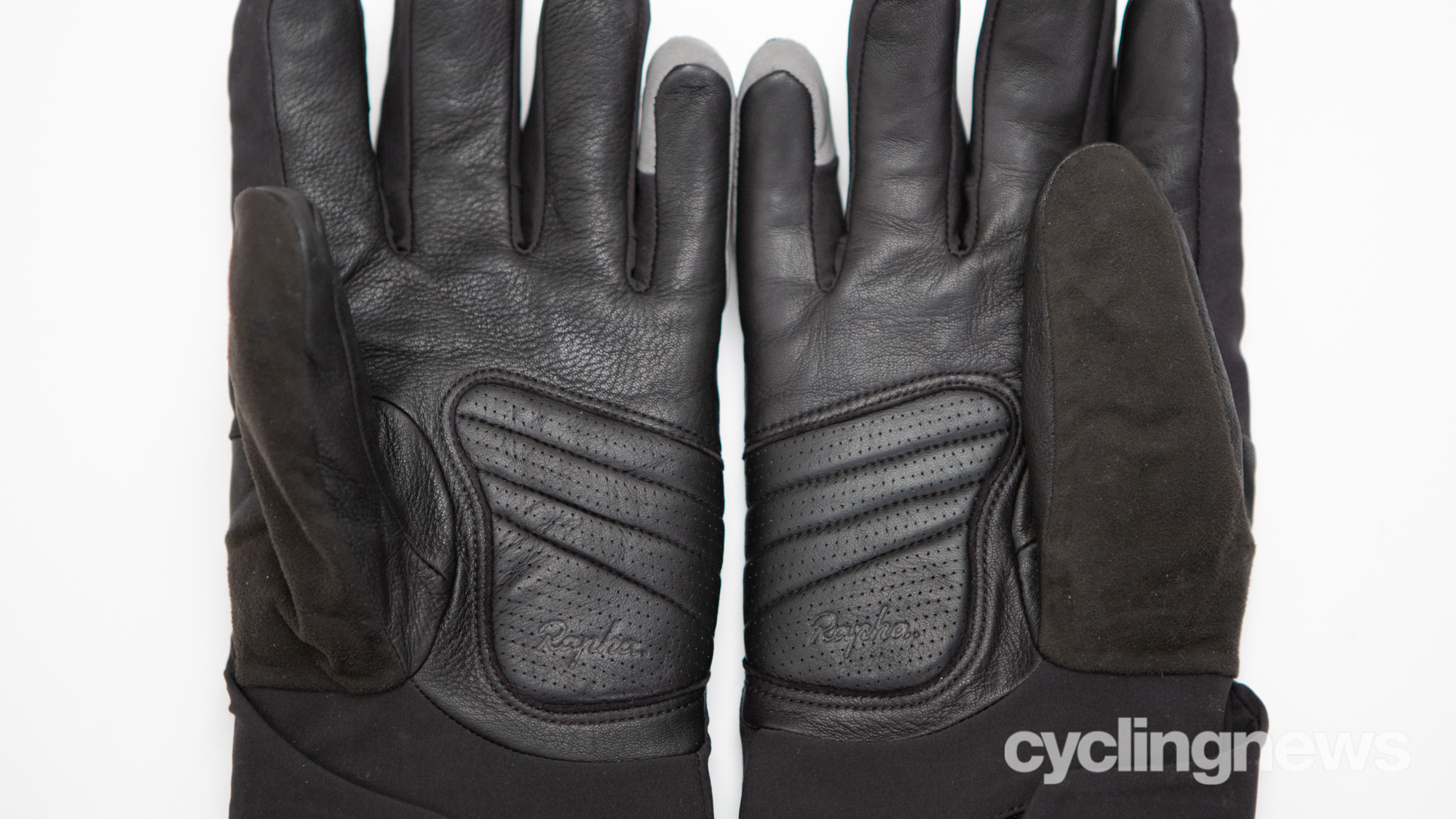
5. Padding often causes pressure points
Often winter gloves lack specific padding because of the inherent thickness of the insulation. There are some that have padding though and you'll want to be careful with them. Padding might sound great, especially for those who like to ride with padded summer gloves, but often the padding creates its own pressure point. I made an effort not to include anything with this issue in the buyer's guide but whatever shopping you are doing, look to avoid the padding if you can. If vibration and padding worry you, something from our list of the best gravel bar tape is a better choice than highly padded gloves.
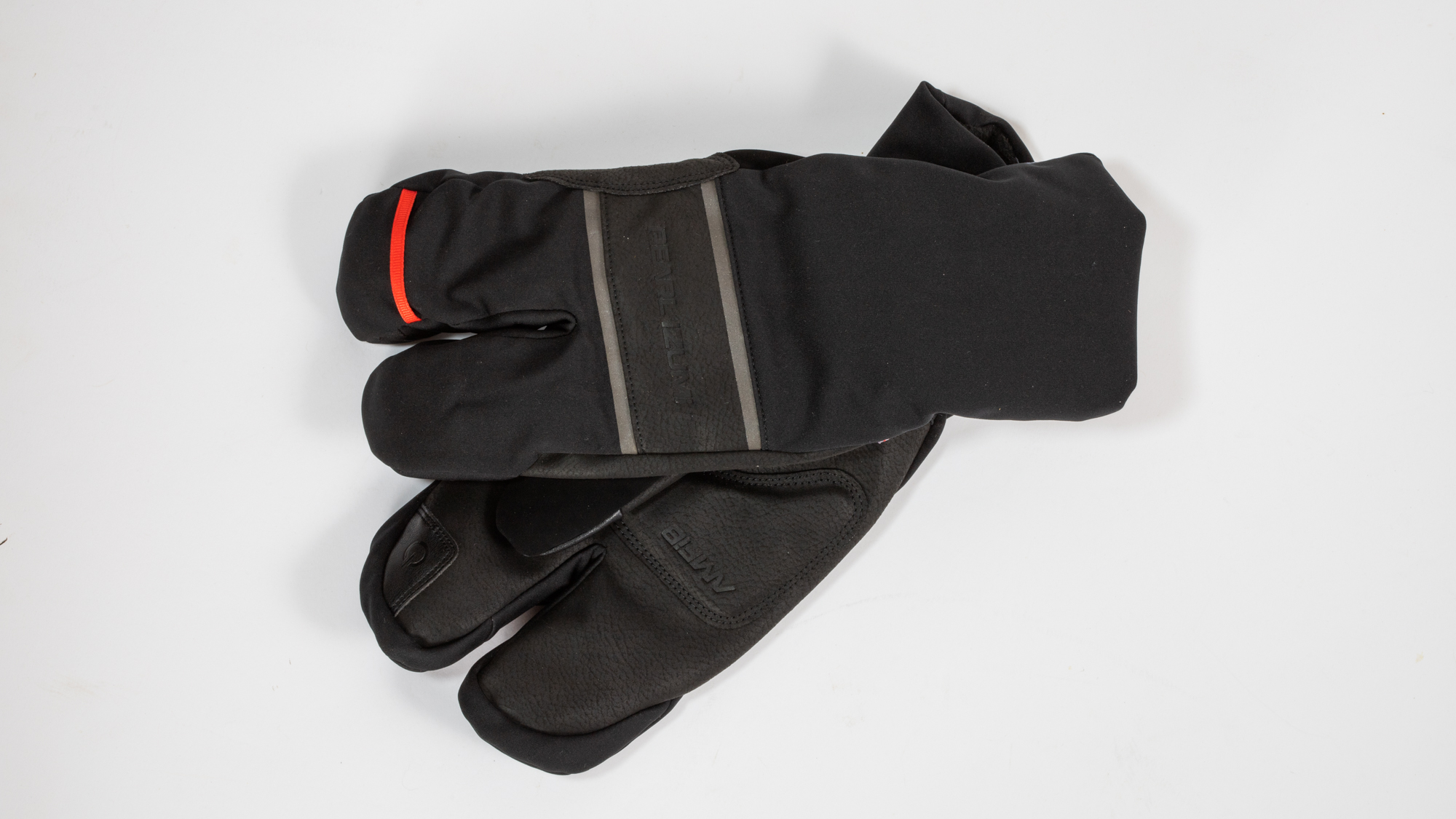
6. A glove is never going to be as warm as a mitten
I put this here because almost all cycling gloves are five-finger glove designs and that's what people tend to think they need. The obvious reason is that you need more dexterity than a mitten to operate your brakes and change gears. There are options like the Pearl Izumi AmFib Lobster gloves though. They offer the best of both worlds with increased warmth but still enough dexterity to operate the controls of your bike. They aren’t much help in the rain though so keep an eye out for that challenge.
The other reason I put this here is that there are a variety of handlebar mittens that are worth considering. They are one of those things that some people swear by and others would never even consider. It would be a crime not to mention them though given they have such a loyal following. They've gained the following because they work both in the rain and cold and if you are really struggling, they are worth adding to your favourite gloves.
Now that you know all that I know, you should understand that you are going to need a few pairs of gloves. Head over to the guide to the best winter cycling gloves and grab enough options to get you through whatever winter weather you have the pleasure of facing.
Josh hails from the Pacific Northwest of the United States but would prefer riding through the desert than the rain. He will happily talk for hours about the minutiae of cycling tech but also has an understanding that most people just want things to work. He is a road cyclist at heart and doesn't care much if those roads are paved, dirt, or digital. Although he rarely races, if you ask him to ride from sunrise to sunset the answer will be yes. Height: 5'9" Weight: 140 lb. Rides: Salsa Warbird, Cannondale CAAD9, Enve Melee, Look 795 Blade RS, Priority Continuum Onyx
